How APRA’s CPS 230 is forcing Australian banks to rethink supply chain resilience — and what to do about it
Australian banking has always relied on third parties. What’s different now is that APRA is formally saying those third parties are no longer “outside the fence”. Under CPS 230, the resilience of your supply chain is part of your operational risk posture, and the board is accountable for it.
This isn’t a small compliance tidy-up. It’s a shift in how banks are expected to understand, manage, and prove the resilience of the services that sit underneath critical products and customer outcomes. In practice, it means banks must move beyond traditional outsourcing oversight and build a clearer, more connected view of end-to-end supply chain risk — from core technology partners to niche providers that quietly keep key operations alive.
Let’s unpack what CPS 230 requires, why it matters, and a practical way banks can review and uplift supply chain resilience without turning this into a never-ending program.
CPS 230 in plain English: what changed?
CPS 230 is APRA’s cross-industry operational risk standard that came into effect on 1 July 2025. It replaces the older APRA standards that separately covered outsourcing and business continuity. With CPS 230, APRA has pulled these themes together into one integrated expectation: operational resilience must be designed, measured, managed, and tested — and that includes the suppliers you depend on.
The standard sets minimum requirements across three linked areas:
- Operational risk management
Banks must identify and manage operational risks across people, processes, systems, data, and external events. - Business continuity and tolerance levels
Banks must define their critical operations, set measurable tolerance levels for disruption, and maintain tested plans to keep those operations running within tolerance through severe but plausible events. - Service provider management
Banks must identify material service providers, keep and submit a register to APRA annually, ensure legally binding contracts meet specific resilience clauses, monitor providers continuously, manage fourth-party dependencies, and be ready for orderly exit from any arrangement if it becomes unsafe or unviable.
The most direct impact for banks is that CPS 230 sees suppliers not as procurement relationships, but as operational dependencies. When a supplier supports a critical operation, APRA expects you to show that you can stay within tolerance even if that supplier fails.
Why supply chain resilience is now a board issue
“Supply chain resilience” in banking is easy to misunderstand if you come from a traditional procurement lens. It’s not about stationery contracts or branch consumables. CPS 230 is concerned with the supply chains that underpin critical banking operations. Think:
- payments and clearing systems
- core banking platforms and cloud hosting
- fraud, sanctions, and AML screening services
- customer contact centres and complaints handling
- cash services, ATMs, and networks
- identity verification and data feeds
- cyber monitoring and incident response providers
- property and facilities services that support critical operational sites
If disruption in any of those chains pushes the bank beyond tolerance and causes material customer or system harm, APRA will treat it as an operational resilience failing.
CPS 230 makes that accountability explicit. Boards must approve tolerance levels and the service provider management policy, and they must review risk and performance reporting on material providers. Senior management must be able to explain to the board how decisions affect critical operations, especially when those decisions change supplier arrangements.
So the upshot is simple: supplier risk is no longer something you “delegate down”. Under CPS 230, it is an executive and board-level resilience responsibility.
Critical operations: where the supply chain review starts
CPS 230 anchors everything around “critical operations”. These are operations where disruption beyond tolerance would materially harm customers or the financial system.
For banks, APRA sets a minimum list of critical operations, including:
- payments
- deposit-taking and management
- custody, settlements, and clearing
- customer enquiries and the systems and infrastructure needed to support critical operations
That list is not meant to be the whole story. It’s the baseline. Banks must consider how their own products, customer promises, and delivery model translate into critical operations in practice. For example, “payments” might mean multiple value chains across card, NPP, international, merchant acquiring, reconciliation, dispute handling, and fraud monitoring, all delivered through a mix of internal platforms and external providers.
The important point is this: a bank’s CPS 230 supply chain review should start with a clear map of critical operations and value chains, not a vendor register.
When you begin from the vendor register, you risk missing what CPS 230 is actually asking you to protect: the operational outcomes customers rely on.
Material service providers and material arrangements: APRA’s new line in the sand
Once critical operations are defined, banks must identify the service providers that matter most to those operations. CPS 230 calls these “material service providers”. Materiality is defined in two ways:
- providers you rely on to undertake a critical operation, or
- providers whose failure would expose you to material operational risk
APRA also prescribes a minimum list banks must treat as material unless they can justify otherwise, including providers involved in credit assessment, funding and liquidity management, and mortgage brokerage. Across all APRA-regulated entities, providers of risk management, core technology services, and internal audit are treated as material.
Two implications flow from this:
- Materiality is about impact, not spend.
A small provider that is a single point of failure in a critical operation is material even if it sits below normal procurement thresholds. - Material providers include fourth-party risk.
CPS 230 expects banks to manage the risks associated with the providers your material providers rely on. That is a big step up in supply chain thinking.
Once providers are classified, banks must maintain a register and submit it to APRA annually. That register becomes the formal “resilience perimeter” for supplier oversight.
Contracts need to be “resilience grade”, not “commercial grade”
CPS 230 sets minimum expectations for contracts with material service providers. These contracts must be legally binding and must include clauses that cover, at a minimum:
- services and measurable service levels
- rights, responsibilities, and expectations, including assets and data ownership and control
- audit access, liability, and indemnity
- compliance obligations
- mandatory notification if the provider uses other material providers to deliver the service (sub-contracting)
- clear liability for sub-contractor failures
- force majeure continuity provisions
- termination and exit rights
- APRA access to information and documentation
- APRA on-site visit rights
- a commitment that the provider won’t impede APRA’s duties
Banks also need to perform due diligence before entering or materially changing a material arrangement, including assessment of geographic location risks, concentration risks, and the ongoing viability of the provider.
This is a long way from “set and forget”. APRA expects contracts to be enforceable operational tools that support resilience, not just commercial documents that sit in legal storage.
Monitoring must be closer to real time
CPS 230 requires banks to monitor material provider arrangements in a way that’s commensurate with risk. Monitoring must include regular assessment of:
- performance against service levels
- effectiveness of risk controls
- compliance by both parties with the contract
In other words, APRA wants banks to have reliable evidence of supplier performance and resilience controls on an ongoing basis.
That is difficult to achieve if your monitoring is based on:
- supplier self-reporting
- inconsistent data capture across categories
- dashboards that lag by weeks or months
For critical operations, banks need monitoring that is embedded in operational workflows. Supplier risk has to be visible early enough to act on, not discovered after a breach.
What “supply chain resilience” means in a CPS 230 world
When you roll the above together, CPS 230 effectively requires banks to answer these questions, with evidence:
- What are our critical operations and value chains?
- What tolerance levels apply to each, and are they practical?
- Which suppliers and internal capabilities are essential to those operations?
- Where are the single points of failure, concentration risks, and offshore exposures?
- Do our contracts, controls, and monitoring enable us to stay within tolerance and exit safely if needed?
- Are we testing severe scenarios that include supplier failures?
Supply chain resilience under CPS 230 is therefore about:
- dependency clarity
- measurable tolerances
- material provider oversight
- continuous monitoring
- scenario-based proof
A practical path for banks to review and uplift supply chain resilience
There is no one-size-fits-all program. But there is a sensible sequence that aligns tightly to CPS 230 and avoids unnecessary churn.
Step 1: Map critical operations into real value chains
Start with APRA’s minimum list and then map your own critical operations as outward-facing customer services and the internal machinery that delivers them.
Focus on value chains, not functional silos. A value chain map should show:
- customer-facing steps
- upstream and downstream dependencies
- systems and infrastructure
- internal shared services
- suppliers (including key subcontractors)
- failure points and “hand-offs”
Banks that do this well quickly see which suppliers are truly critical, and which risks are clustered across multiple operations.
Step 2: Define tolerance levels that drive action
Tolerance levels are more than policy statements. They must be measurable and meaningful. CPS 230 requires tolerances for:
- maximum outage time
- maximum data loss
- minimum service levels under alternate arrangements
Set these using real operational facts, not optimistic targets. If your tolerances are tighter than what your supplier ecosystem can realistically support, you will be out of compliance the moment a severe event occurs.
Good tolerances create clarity about where you need redundancy, alternative arrangements, or exit plans.
Step 3: Identify supplier dependencies per value chain
For each critical value chain:
- list tier-one providers (direct contracts)
- identify internal services that function like suppliers
- trace key tier-two or fourth-party dependencies that affect delivery
- highlight single points of failure or concentration
This step is where banks often uncover the hidden fragilities:
- multiple “independent” systems hosted in the same cloud region
- a niche provider embedded into several strategic vendor stacks
- reliance on one offshore delivery site for a high-volume process
- unclear ownership of supplier performance on the business side
CPS 230 expects this level of mapping, because you can’t manage resilience without knowing what you depend on.
Step 4: Classify material service providers and build the register
Apply CPS 230’s materiality definition using operational impact as your guide.
Your register should be built to support board and APRA oversight. It typically includes:
- provider name and service description
- critical operations supported
- nature and scale of dependency
- location and offshoring profile
- fourth-party dependencies
- concentration and substitution risks
- key contractual milestones and renewal dates
- risk ratings and monitoring approach
- exit readiness status
This register is not a compliance artefact. It is your control tower for supplier resilience.
Step 5: Uplift contracts progressively, starting with the highest-risk providers
Not every contract needs immediate surgery. Prioritise:
- providers linked to critical operations
- providers with known fragility or concentration risk
- contracts that are coming up for renewal
- arrangements where exit would currently be chaotic
Then work systematically through the required CPS 230 clauses. In many cases, banks will also want to reset the way service levels are structured so they are operationally measurable, not just contractual language.
Contract uplift is also a chance to clarify fourth-party expectations and ensure you have transparency into the provider’s downstream ecosystem.
Step 6: Embed monitoring in operational data and workflows
Monitoring should be designed around actual operational processes. The aim is to move beyond lagging, self-reported scorecards to a model where:
- KPI data is captured as part of the work
- service levels are visible near real-time
- early warning indicators are tracked before a tolerance breach
- risk, procurement, and operations share a common view
For example, if a supplier’s performance affects a critical operation, you should be able to see performance drift quickly enough to intervene — not learn about it in a quarterly review.
Step 7: Test severe provider-failure scenarios annually
CPS 230 requires annual testing of business continuity plans using severe but plausible scenarios, including those involving material service providers.
That means running supplier-failure scenarios that mirror today’s risk landscape, such as:
- cloud service disruption or region failure
- cyber isolation of a key platform provider
- failure of a major contact centre during surge demand
- telco outages affecting digital channels
- insolvency or withdrawal of a niche critical provider
- extended offshore site disruption
The purpose isn’t to prove “we have a plan”. It’s to show that your tolerances can hold under pressure — and to identify what must change.
Step 8: Strengthen governance and assurance
Operational resilience is cross-functional by nature. Banks need to ensure:
- clear board reporting on material providers
- alignment between procurement, risk, technology, and business owners
- FAR accountability mapped to CPS 230 duties
- internal audit coverage of critical outsourcing and BCP quality
- a practical escalation path when supplier risk pushes toward tolerance
Governance should support fast, informed decisions rather than create extra layers.
Common traps banks should avoid
CPS 230 programs can drift if banks fall into predictable traps:
- Treating CPS 230 as a documentation exercise
APRA expects operational evidence, not just refreshed policies. - Starting with spend-based vendor lists
You risk missing low-spend, high-impact dependencies. - Ignoring fourth-party risk
CPS 230 explicitly requires management of downstream dependencies. - Leaving contract uplift to renewal windows only
Many critical contracts won’t renew before 2026. If they aren’t CPS 230-ready now, you’ll carry resilience gaps for too long. - Monitoring too slowly to be useful
Lagged reporting won’t satisfy ongoing oversight on critical operations. - Scenario testing the “easy” events
Severe but plausible scenarios should test real supplier fragilities, not hypothetical ones.
How Trace Consultants can help banks get CPS 230-ready
Banks need to comply with CPS 230, but they also need to do it in a way that strengthens resilience rather than distracts from the business. That’s where Trace Consultants supports pragmatic, operationally grounded delivery.
Our work typically focuses on four connected areas:
1. Critical operations and value chain mapping
We help banks define critical operations in a way that reflects customer outcomes and real delivery pathways. This includes:
- mapping end-to-end value chains for critical services
- clarifying hidden dependencies across systems, people, and providers
- identifying single points of failure and concentration risks
- shaping tolerance levels that are measurable and credible
2. Material service provider identification and supply chain risk assessment
We assist banks to:
- apply CPS 230 materiality consistently across value chains
- build a material provider register suitable for APRA submission
- assess geographic, offshoring, and concentration risk
- identify fourth-party exposures and blind spots
- prioritise remediation with a clear, staged roadmap
3. Contract and performance uplift
Working alongside procurement, legal, and risk teams, we:
- review contracts against CPS 230 requirements
- restructure SOWs and SLAs so they are operationally measurable
- embed CPS 230 clauses cleanly and commercially
- support go-to-market processes where re-tendering or supplier consolidation is required
- design data capture approaches that underpin reliable supplier KPIs
4. Monitoring, scenario testing, and operating model integration
We help banks embed resilience into day-to-day operations by:
- designing monitoring dashboards with leading and lagging indicators
- integrating supplier risk into business continuity and crisis programs
- building supplier-failure scenario tests that reflect current threats
- clarifying governance, RACI, and escalation pathways
- uplifting internal capability so CPS 230 is sustained, not just delivered
Trace’s supply chain and operational background means we focus on what actually happens on the ground — the only place resilience is ever really proven.
The takeaway
CPS 230 makes one thing clear: Australian banks are responsible for the resilience of their supply chains, not just their internal systems.
The banks that succeed won’t be the ones that rush out a policy update and a register. They will be the ones that:
- map critical operations as real value chains
- define tolerances that reflect practical delivery capability
- understand which providers (and fourth parties) truly matter
- contract for resilience, not just services
- monitor performance close to real time
- and test the nasty scenarios before the market forces them to
CPS 230 is a compliance obligation, but it is also an opportunity to lift operational resilience in a way that customers will feel the next time disruption hits.
If you want a structured, practical approach to reviewing supply chain resilience under CPS 230 — whether as a focused pilot on one critical value chain or a phased rollout across multiple operations — Trace Consultants can help.





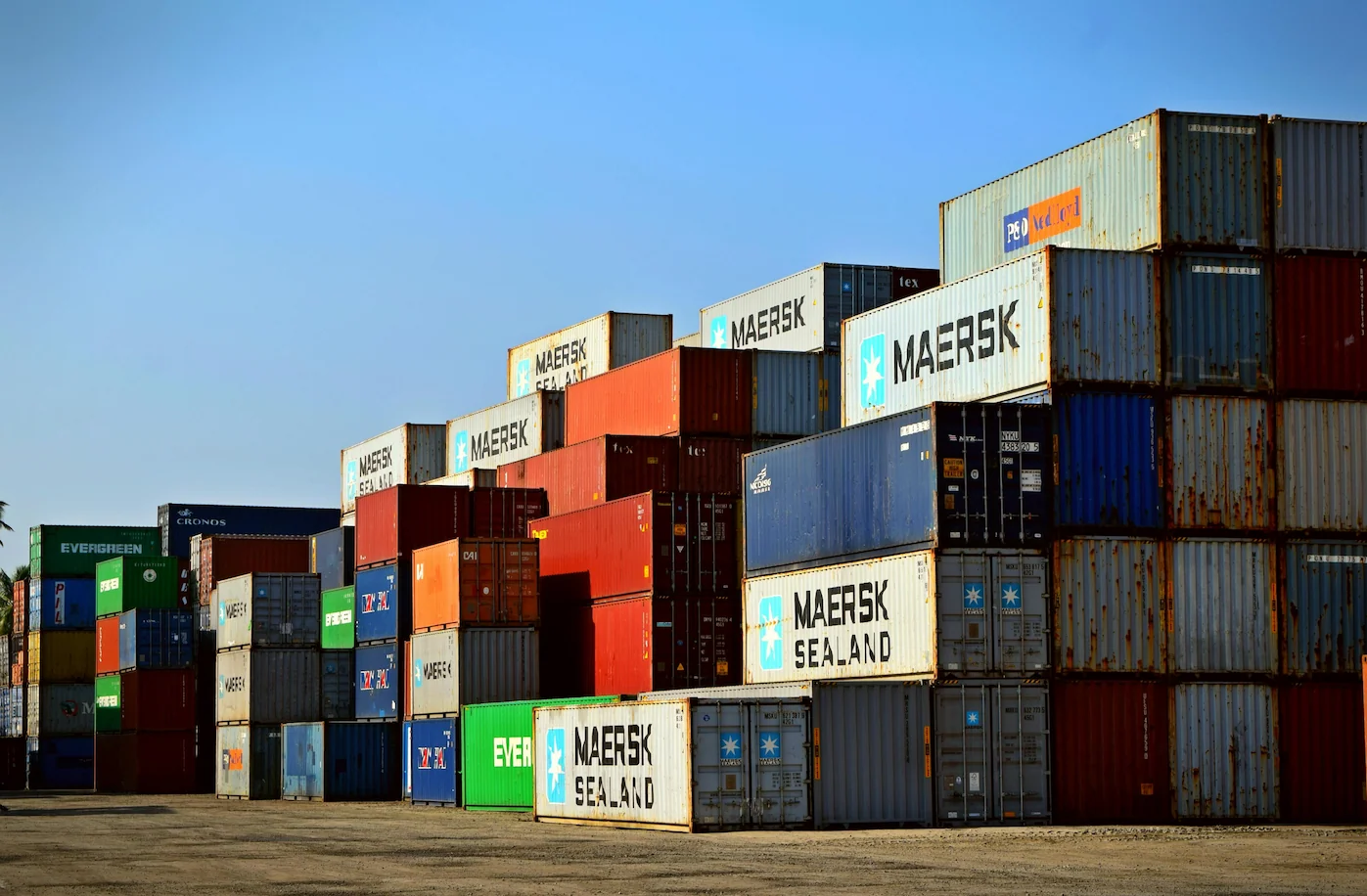



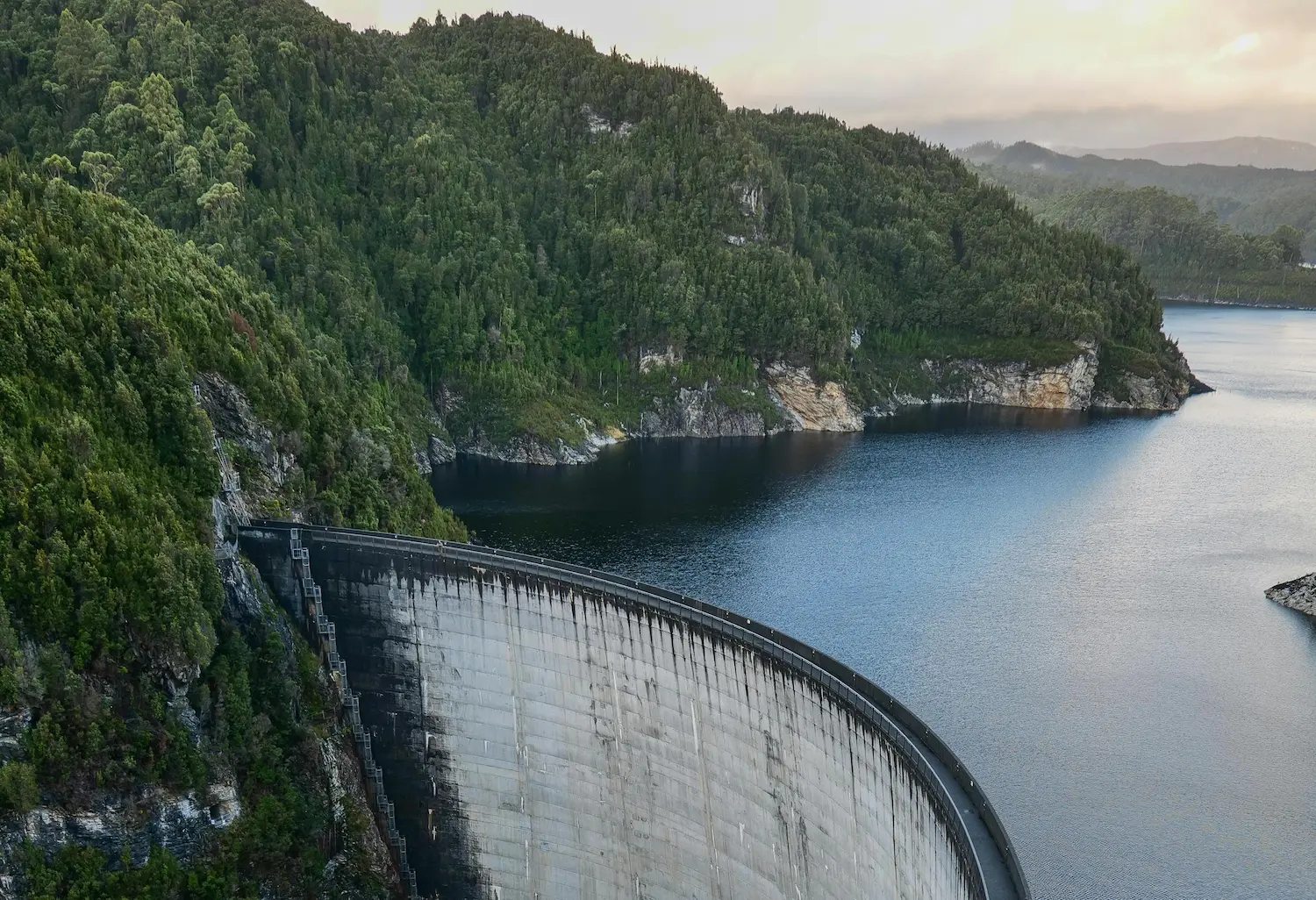

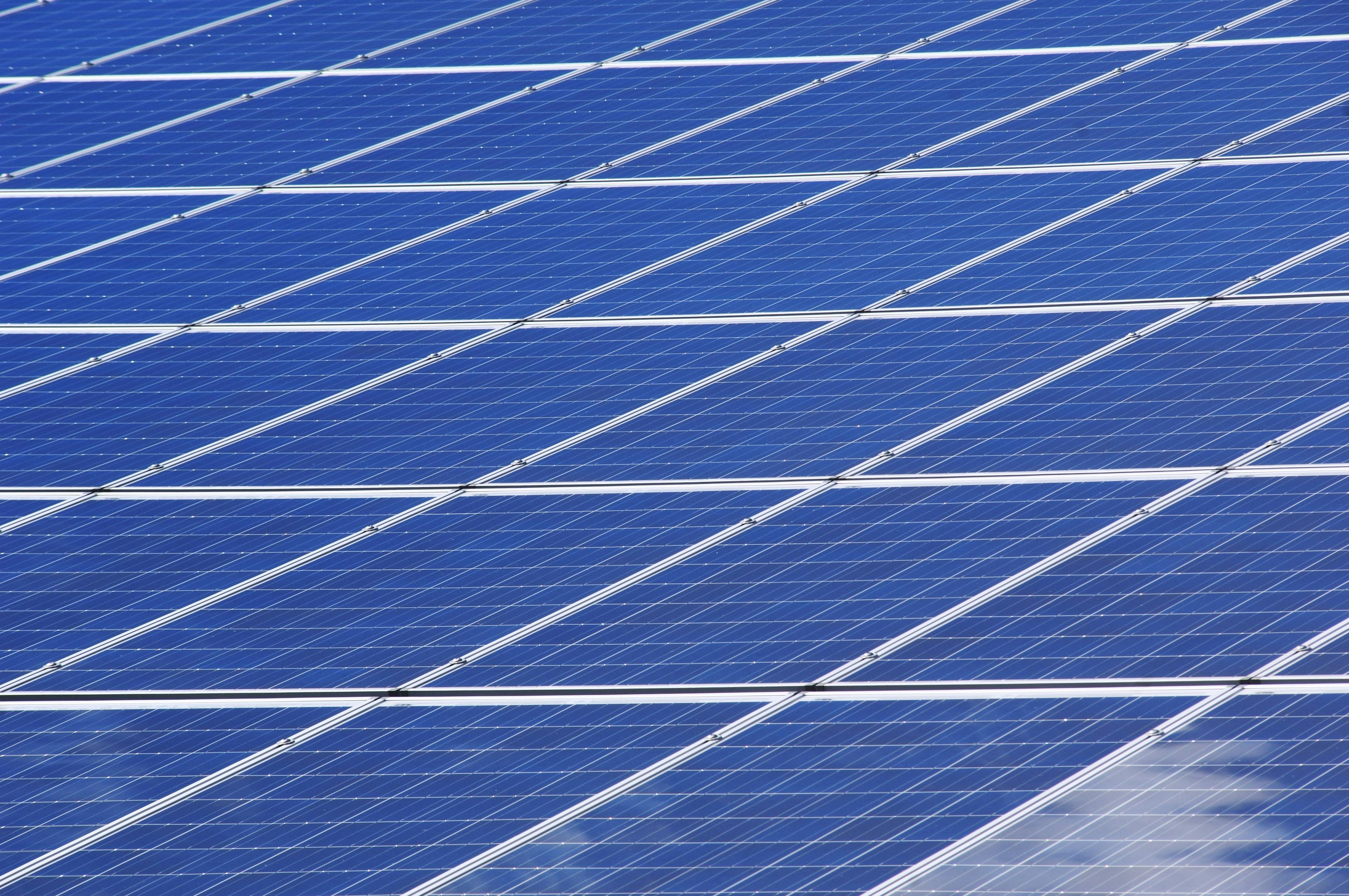


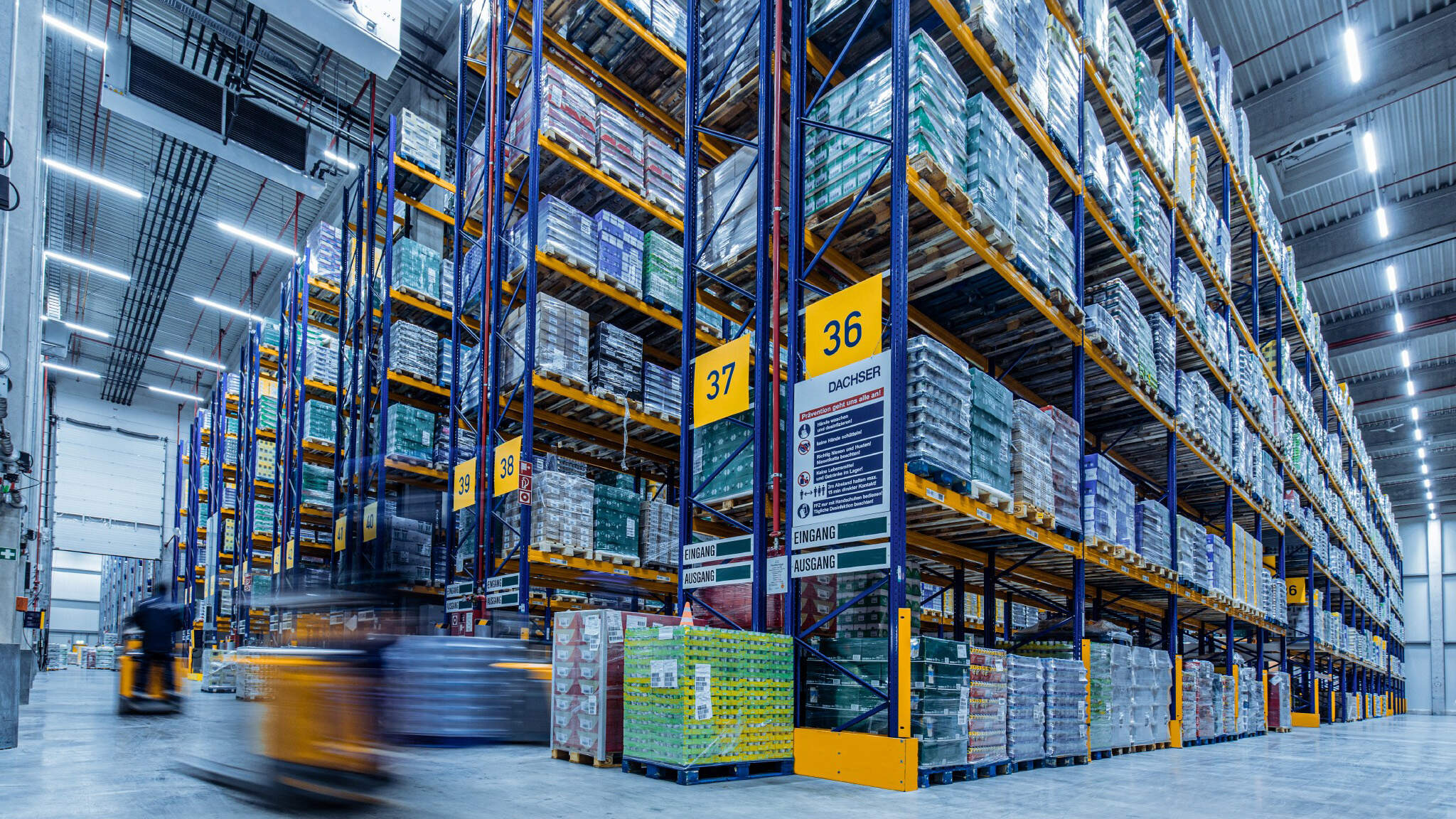

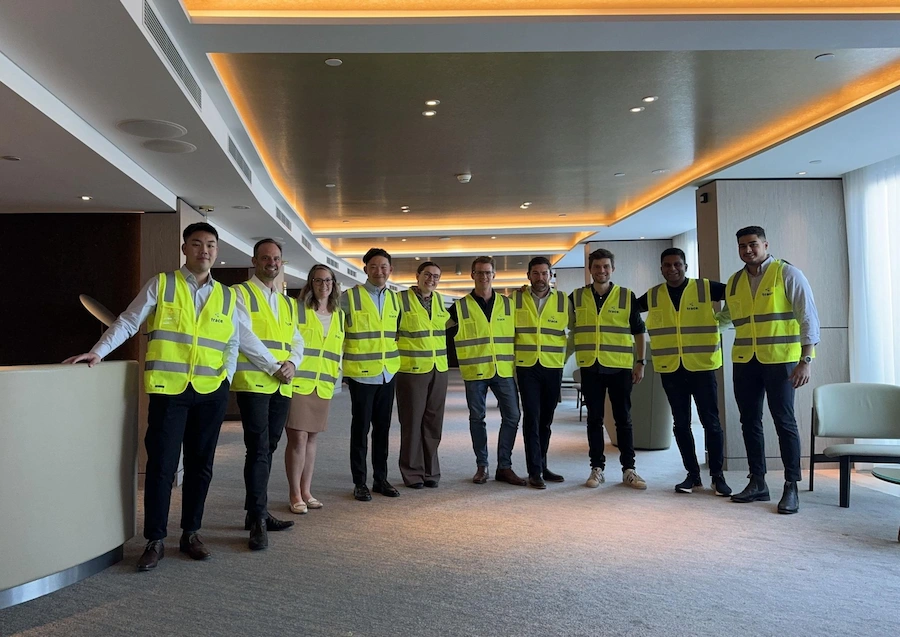

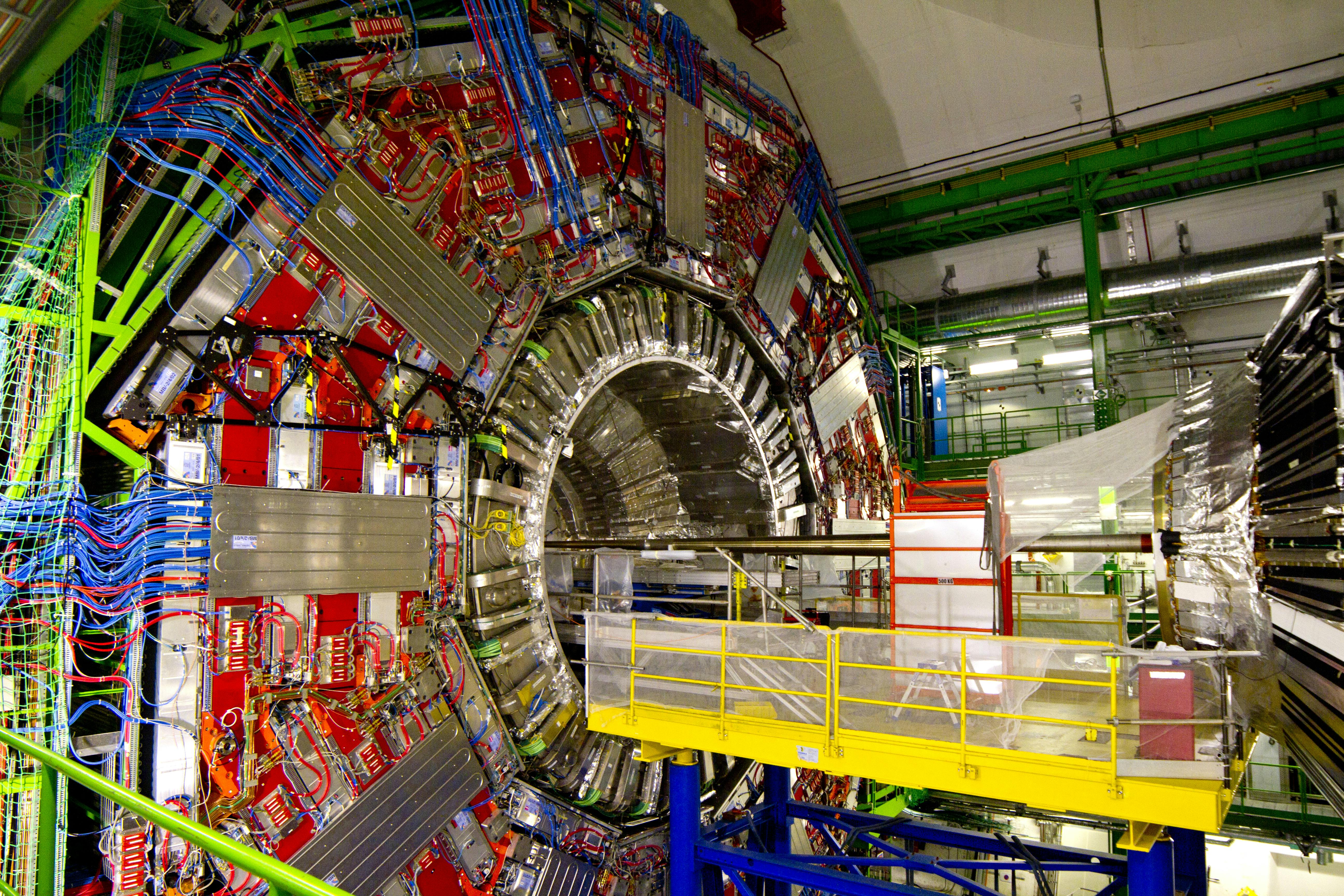

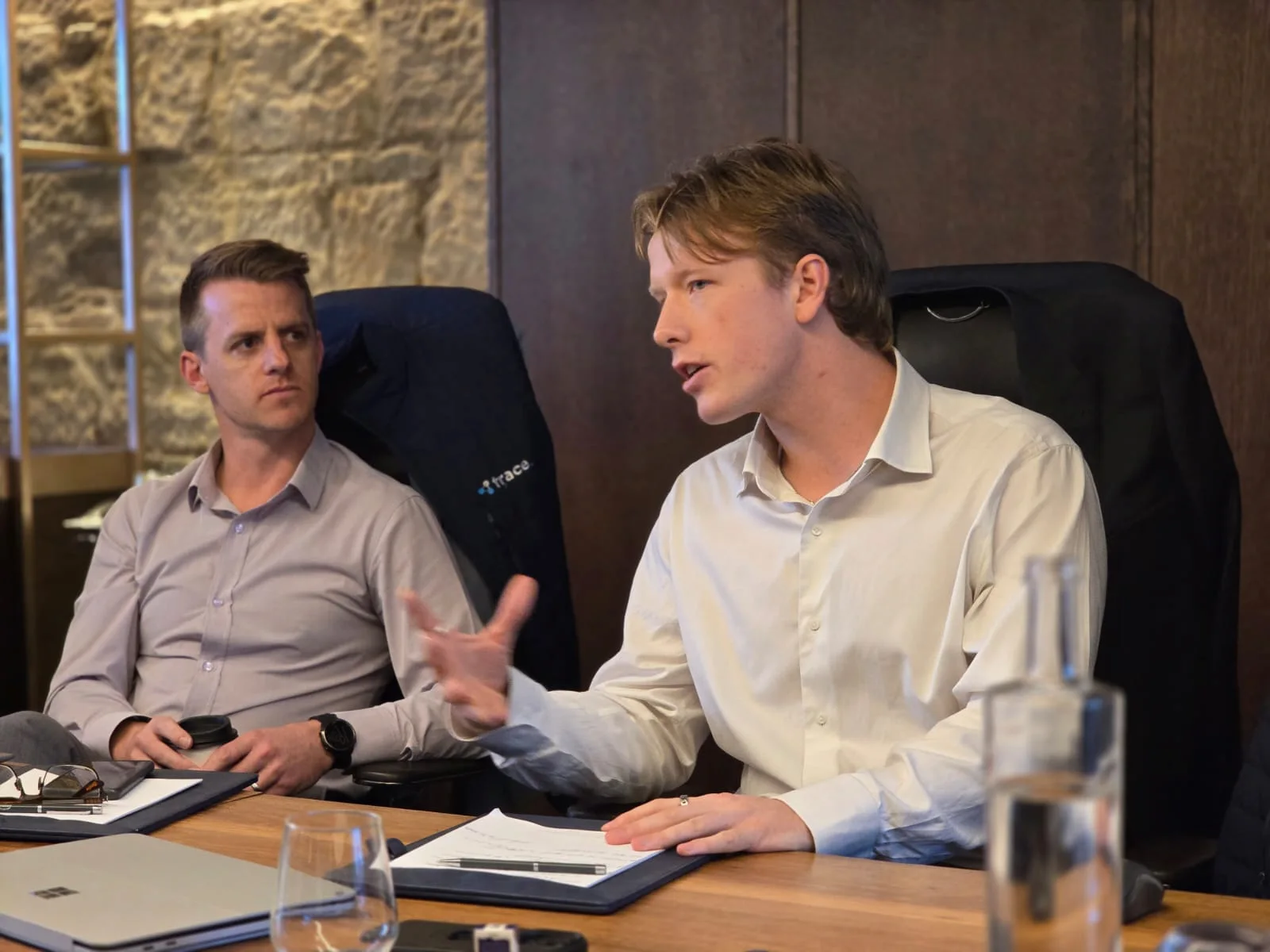








.jpg)


